Summary
Below is a brief summary of the basic mechanics section, so that the main concepts can be gone over again, or quickly learnt if you have not been able to look at the whole basic mechanics section. To know about any of the concepts in any detail though, the pages for them need to have been read.

Why Skis Slide
The pressure a ski puts on the snow makes the snow underneath it melt slightly, which largely reduces friction and lets the ski slide easily.
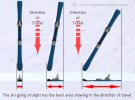
Direction of Least Resistance
A ski will always want to travel straight forwards, unless other basic mechanics techniques are being used to make it travel in another direction.
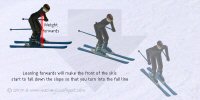
Longitudinal Weight Distribution
Your weight should generally be in the middle of the ski lengthways, which is over your toes not heels. Leaning forwards or backwards makes the ends of the skis drop so that you turn into the fall line, which is normally used to initiate manoeuvres.
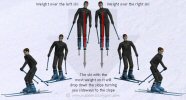
Lateral Weight Distribution
Putting more weight on one ski than the other will make that ski drop down the slope ahead of the other one. Having a lot of weight on one ski turns us out of the fall line to sideways across a slope, and is generally used to finish manoeuvres.
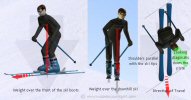
Stance
Your stance is generally a constantly changing position as you don't normally keep the same speed and direction for long. There are many aspect to a good stance, like having at least a slight bend in all joints, but to know how a stance works well the stance section needs to be read.
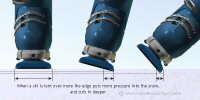
Edge Pressure
The amount of pressure put through the ski edges and the angle that they are at, can make a big difference to how much resistance the skis create.
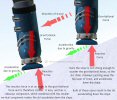
Edge Effects
Depending on the angle of the ski edges, forces being put through the skis, and the snow conditions, there can be several different effects produced by the edges.
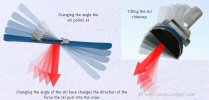
Creating Resistance
By changing the angle of the ski edges to the snow and the angle of the skis lengthways to the slope, different amounts of reistance can be created in many different directions.
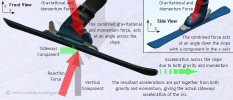
Resistance Effects
Depending on the direction of your movement, the resistance you create and their direction with respect to the slope, resistance can have several different effects to your movement.
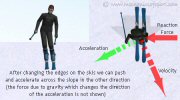
Using Resistance
To ski down a slope with control involves using resistance in may different ways and directions to get the desired outcomes.
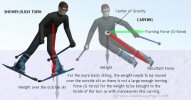
Weight Shifts
While learning to ski, movements should be thought of as putting weight over each ski not as pushing on a ski, as it is the where the weight is that is important.
On to the How to Ski section.